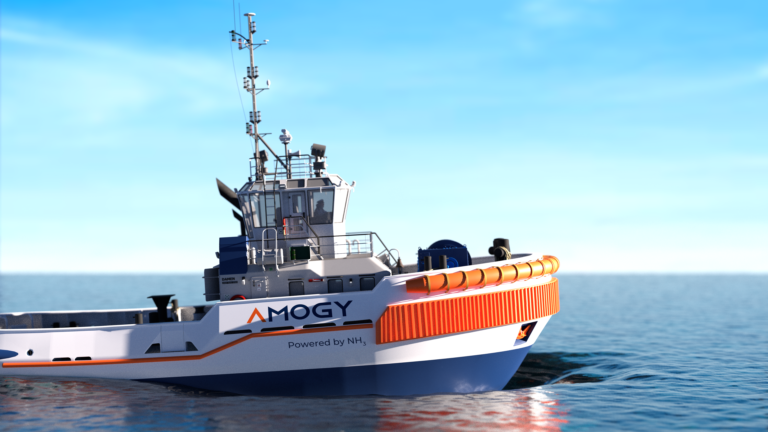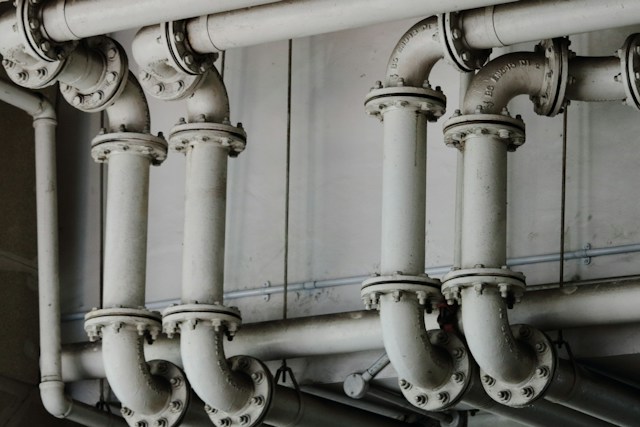Deep Sea Highway an Attempt to Provide Room for Continued Growth
Busan, South Korea’s second largest city, with a population of 4.2 million, is bigger than Madrid, nearly as large as Milan, and busy like New York and Osaka. It has South Korea’s largest port, the fifth largest in the world, which unloads a shipping container every three seconds. Busan recently expanded its port to handle increasing volume.
Busan is “all in” in its attempt to win the bid for the 2020 Summer Olympic Games. Soon it will be home to one of the world’s tallest buildings and an “underwater highway” was built to help ease congestion where local residents live like sardines packed in cans.
Solution Lies 5 miles (8 km) Across Bay
Geoje is an island seven times larger than Manhattan but with just one-eighth the population. The island is accessible by automobile but the route is 86 miles (140 km) and takes 3 1/2 hours, making it one of the worst commutes in the world. The distance across the bay is just 3.1 miles (5 km) and since the Superlink was built the commute takes just 40 minutes.
The Busan-Geoje “fixed link” is a four-lane highway running 15 m beneath the sea between two very large cable-stayed bridges in what turned out to be one of the largest construction projects in history. There are 18 segments each about two football fields in length and heavier than an aircraft carrier. The segments were towed into position by barges and sunk to within 35 mm of each other. Below the segments thousands of concrete columns were bore into the seabed to protect the highway from earthquakes and provide stability.
After the sections were submerged and attached they were covered over with thousands of tons of crushed rock to protect them from ships and tankers. Finally, the huge bridges were built at either end of the highway.
Following is a video about the Geoge bridge.






